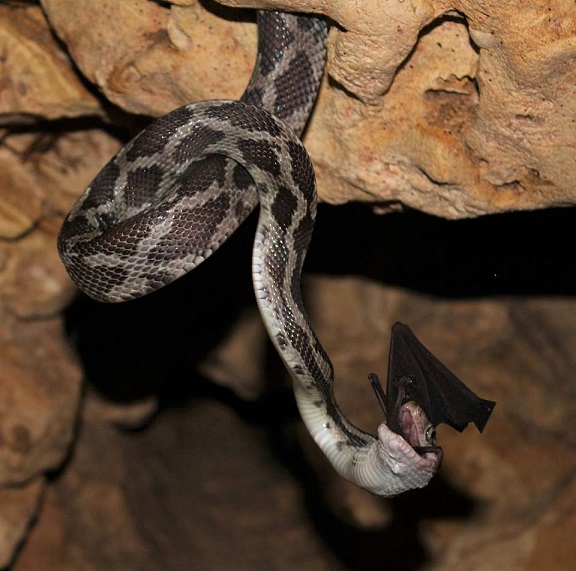
See snakes hanging from the ceiling and catching bats as they fly past.
The Cave of the Bat-eating Snakes
Updated Apr 2022
Where would you like to go on your next vacation? A nice, sandy beach or perhaps the Cave of the Bat-eating Snakes. Actually, you can do both. This cave is located in southern Mexico, not that far from major tourist destinations.
Who Should Go There?
Visiting the Cave of the Bat-eating Snakes is not for everyone. If you are squeamish or don’t like bats or bat poop, dark and very humid caves, snakes or other critters that slither around in the dark, then this is not for you. But if you are adventurous and the above things don’t bother you, this is your opportunity to see an amazing spectacle that few people ever see.
Entering the Cave
Travelling by bicycle, down a jungle path from the village of Kantemo, we arrived at the mouth of the cave just before dark. It is no use going during the day as the bats are not active until dusk. The trip took about 20 minutes, getting eaten by mosquitoes all the way.
In preparation to enter the cave, we were equipped with a helmet that has a headlight, rubber gloves and masks. The helmet is required in case you hit your head on the jagged rocks. The gloves and mask are necessary to protect you from the bat guano.
It was nice to get into the cave where there were no mosquitoes. There were just a few bats flying around. The bats exit the cave when it starts to get dark and we were a bit early. We waited.
Soon there was a steady trickle of bats leaving the cave, four or five at a time. The trickle turned into a stream and the stream turned into a flood. There are six different species of bats in the cave but I couldn’t see them well enough to notice any differences except that some were larger than others.
The entrance to the cave is a huge cavern. At first, we could walk around normally, but as we got further into the cave, the ceiling got lower and lower.
In the Cave
After leaving the entrance cavern behind, the cave got so small that in some places we could advance only by crawling. Near the entrance to the cave, it was light enough to see the ground but now it was pitch black. We shut our headlights off for a moment to see what it was like without them. I could not see my hand in front of my face.
Although we had on masks and rubber gloves, I had the feeling that crawling around in bat poop was not good for my health. Surprisingly it was not messy and did not smell bad. It seems just like dirt.
There were some areas where we could stand upright, connected by shafts branching off in several directions which were not much larger than a human body.
The air in the cave was stale and extremely humid. Quite uncomfortable.
The Bats Leave the Cave
As we crawled along the shaft, bats were zipping by on both sides of our head, going in the opposite direction. None of them hit us, but it was a bit scary. We could not see them coming until they were very close. Bats are not silent fliers, like owls, as I could clearly hear their wings flapping as they passed, just a couple of hand-widths from my ears. Our guide estimated that the bats were leaving the cave at a rate of about 200 per second.
The Red Rat Snake
The species of snake in the cave is called the Red Rat Snake. They live in Mexico, Belize and Honduras. There are many varieties of Rat Snakes around the world. Normally, they don’t live in caves and eat bats, but they will take advantage of any opportunities that present themselves. Colours vary from orange to a rusty-red colour with grey between the coloured patches.
(The colours of the snake in the photo appear to be almost black but are actually a reddish-brown. Poor light in the cave makes photography difficult.)
The Bat-eating Snakes
The space got smaller and smaller and then branched off in several directions, some of them going straight down. We climbed down one of these shafts, not much bigger in diameter than a human body. The edges of the walls in the cave are jagged, not smooth. After climbing down, the shaft turned and levelled out.
The bat-eating Rat Snakes are not like other Rat Snakes who, as the name implies, slither around on the ground, eating mice and rats. These snakes hang from the ceiling and catch bats as they leave the cave each evening and perhaps again as they return in the morning. How these snakes adapted to this unusual procedure is unknown. Rat Snakes do not usually hang from the ceilings of caves, but here they do.
How do they do it?
The walls and ceilings of the cave are pockmarked with bumps and holes. The snakes hang from a rough surface or indentation in the roof of the cave. (Keep in mind that in some places, the roof might not be very far from the floor.)
How do they manage to catch the bats? The bats move really fast and use echolocation to avoid objects in the dark. None of the thousands of bats in the cave hit us. Are the snakes too small for them to avoid? I don’t think so, but perhaps they think it is just a branch or plant and not something to avoid and come close enough for the snake to grab it as it passes. The snakes are not blind but how do they do this in total darkness?
Rat Snakes are not pit vipers so they don’t have heat-detecting pits like a rattlesnake. Rattlesnakes can find a mouse in total darkness by sensing its body heat. But a mouse does not move near as fast as a bat and these snakes do not have heat-sensing pits. So how do they do it?
Amazing Sight!
As we climbed down one shaft into another tunnel, we saw a snake that had just caught a bat. I was fascinated. I never expected to see such a sight in my life. It was something that you might see in a National Geographic movie from some very remote place in Borneo or Africa.
If you want to see a really amazing sight, unlike anything you have seen before, you need to go see the Cave of the Bat-eating Snakes.
Other Critters

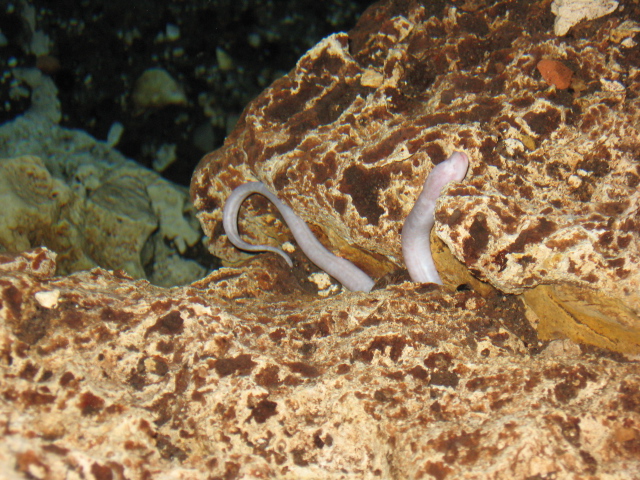
Sometimes we would enter a large room where it was possible to stand up and walk around normally. In places there were small ponds. In the ponds live some animals that are blind and pure white.
We saw white shrimp and pure white, eyeless snakes. Everything was so strange that it was almost like being on another planet. I felt like I had gone on what Star Trek calls an ‘away mission’ where the crew-members leave the spaceship to “go where no man has gone before”.
Fossils
As if the snakes, bats, and strange creatures where not enough, an added bonus is the fossils. In some places, the walls and ceiling of the cave were covered in fossils, including seashells, which prove that the cave, at one time, was underwater. The cave was probably formed by the sea.
Humidity and Conditions
The humidity in the cave must have been close to 100%. Crawling around and climbing over rocks and down shafts is hard work. After a while I was drenched in sweat. We spent about two hours in the cave. By the time I got out I felt like I had gone swimming with my clothes on.
I found that I had ripped my pants on one of the rocks. If this was in the United States or Canada I am sure that you would have to wear a proper ventilating mask and not just a paper surgical mask and also coveralls and rubber boots. Not your street clothing. Wearing coveralls in this heat would be unbearable unless you took off all your other clothes first. One good pair of pants ruined. Wear old clothes.
Getting rid of the mask and gloves, we hopped on our mountain bikes for the trip back to our cabin. The night air was refreshing after being in the cave. But because it was so dark, we needed to keep the helmet lights on. This attracted all kinds of flying bugs which, unlike the bats, would crash into our faces.
The tour of the cave was horrible but at the same time fascinating and exciting. I am glad I went. I would not go on a cave tour simply to see the cave itself but this was an experience of a lifetime.
When we got back to our cabin and we each downed almost a litre of water. Make sure you have plenty of bottled water before you go to the cave.
Wall Frogs
The night was full of strange noises of things that go bump and squeak in the dark. At one point I woke up and thought I must be dreaming and not really awake. I saw frogs walking up and down the wall. They were some type of nocturnal tree frogs. With sticky pads on their toes, they could run up and down the wall like a fly. When I realized that I was awake and not dreaming this, I tried to get a closer look a them as the light was dim. But whenever I got too close they would run up the wall and disappear into the thatched roof so I did not get a good look at them or a photo. I am not crazy about having frogs in my bedroom but it is much better than cockroaches with are abundant in the village. I saw hundreds of them just on the door of one house. (After dark. You wont see them during the day).
Like a National Geographic Horror Film
I had said before that this experience was like a National Geographic movie but it was more like a combination of National Geographic and a horror film. Bats flying around my head by the hundreds, snakes hanging from the ceiling, a house swarming with cockroaches and now frogs running up and down the cabin walls. Well, I like to experience new and different things and this was certainly one of the most unusual days of my life.
In summary, it was fascinating. If you are not squeamish and want to have the most unusual day of your life, I really recommend a trip into the Cave of the Bat-eating Snakes.
Birds
I was up early the next morning to look for birds. Saw several Turquoise-browed Motmots which are a very pretty bird with a strange tail. The long tail has feathers about halfway down, then a large bald spot, then a group of feathers again at the tip. Sometimes they swing their tail back and forth and they look like some kind of a bird clock on the wall with the pendulum swinging below. Lovely birds.
I saw a strange bird that I had never seen before in person nor in the books and I was totally unfamiliar with it. It was about the size of a pigeon. It was grey on the back with white spots. The head was striped with rufous, white and black. It spread its wings and tail out like one of those folding Japanese fans. It then walked along vibrating this fan. I assume this aided it somehow in finding food. After much searching in my bird books and on the internet, I found that this was a Pheasant Cuckoo. My guide book describes it as rare and seldom seen. A good one. If you are a birder, this is a good reason to stay overnight in one of their thatched huts.
Unfortunately I did not have my camera handy when I saw it.
Where is the Cave of the Bat-eating Snakes
The cave is near the village of Kantemo in the Mexican state of Quintana Roo, not too far from Playa del Carmen and Tulum. Take a bus from Cancun or any other town along the Mayan Riviera to the town of Felipe Carrillo Puerto. We stayed there overnight and stored our suitcases at a hotel while in Kantemo. From Felipe Carrillo Puerto, take a bus to the town of Jose Maria Morelos. From there, take a taxi to the village of Kantemo.
Kantemo has no hotels or restaurants. They do have some tiny thatched huts for rent or you can go back to Jose Maria Morelos. We stayed for two nights in one of their thatched huts (frogs included at no extra charge).
You will need to make a reservation as guides are not always available so don’t show up without calling first. Telephone (977) 977-4487 or (977) 997-4920 after 3pm for Baltasar Cob or (997) 977-8387 for Adrian. (They do not have a website and there may not always be someone available that speaks English. Contact me if you are having trouble making a reservation.
The cost of this trip is $50 (about 986 pesos) each for the cave tour with a guide or 1,770 pesos (about $87) including the cabin, mountain bike, a guide, and entrance fees. Not including food, taxi, bus fare and tips. (As anywhere, prices and currency exchange rates are subject to change). Contact My Thatched Hut for a $5 discount.
Some of the photos of snakes on this page are my own and some are used with the kind permission of Baltasar Cob of Kantemo, Mexico. All are copyrighted and cannot be used without permission. Post may be shared with a link to https://mythatchedhut.com
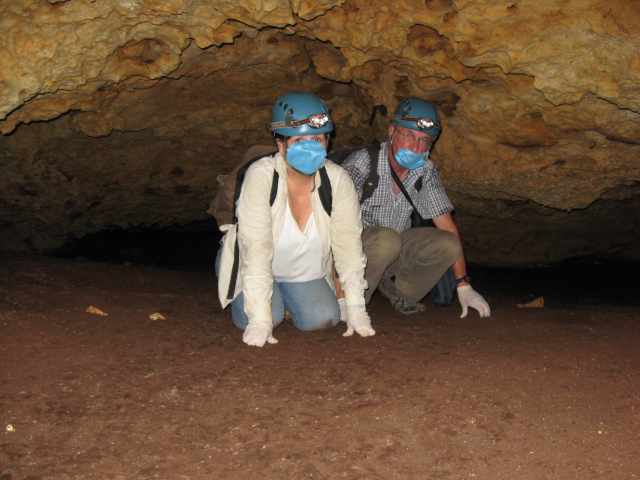
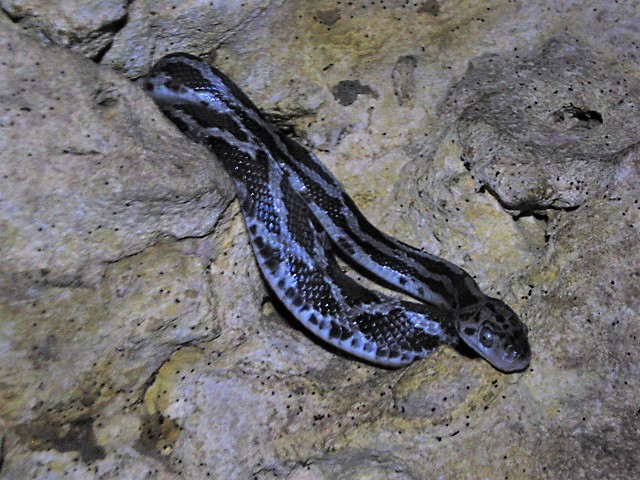

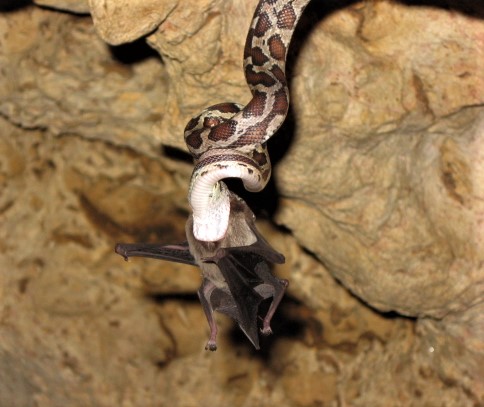
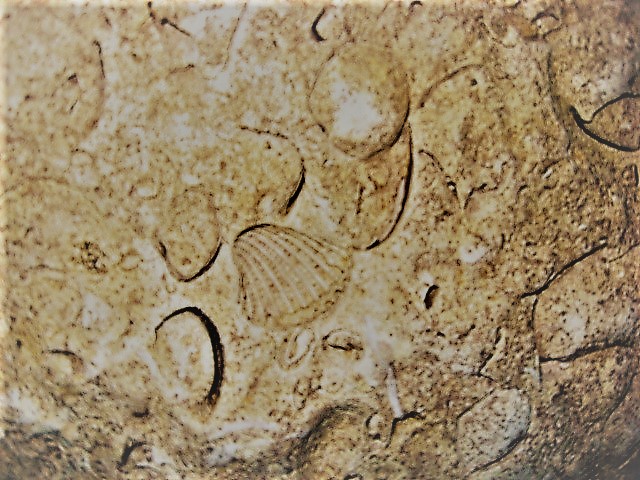

Hello,
thanks for the info. I really would like to go and visit and have sent an email to the guide you mentioned above. Still no answer though… We are staying in Tulum with a rented car so can make our way down, we just need to get a guide, bikes and overnight accommodation!
I have seen the trips organised elsewhere for ridiculous amount of money! I really hope they will get back in touch. But we are on our way to Mexico on Thursday, although not in the Tulum area until the 24th. Do they speak english at all? Any other mail you have to get in touch?
Many thanks
Hello Jo, I will see if I can find the problem and email you.
Amazing and a great lead on a very natural place to rent. Thanks.
The cabins are rustic. Just a bed and a bathroom but quite adequate and inexpenisve.
there is always something new to see in Mexico, after three trips to the Yucatan, and thinking that we have seen most of it, there is now another reason to go back
The Cave of the Bat-eating Snakes is facinating but not for everyone if you have phobias.